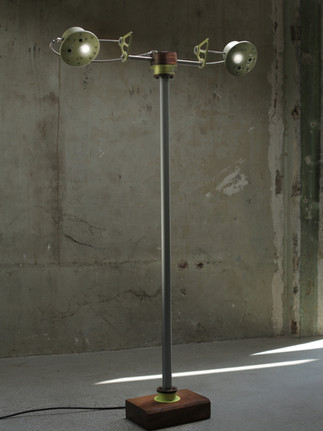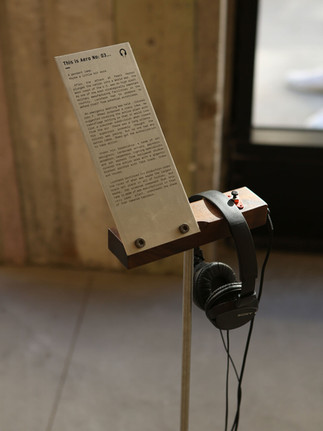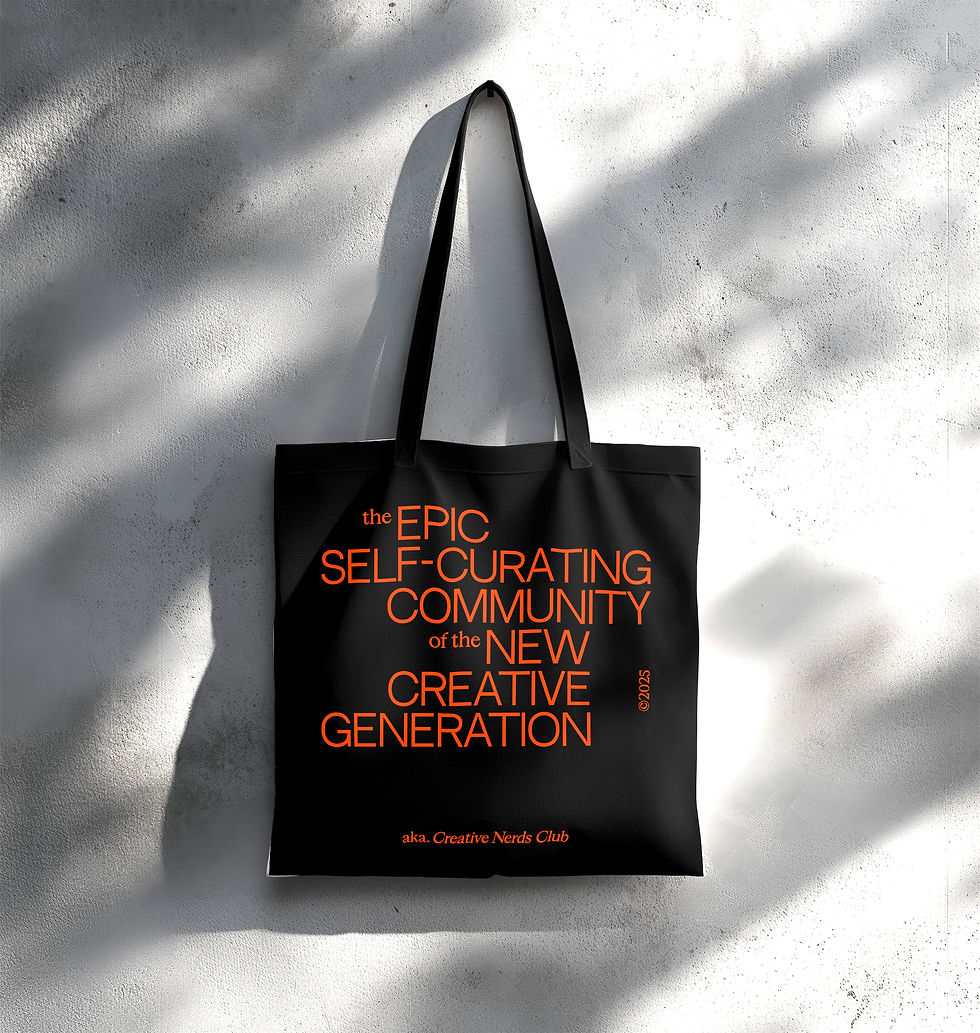DIALOGUE: Alper Nakri | Multidisciplinary Designer
- Onur Çoban

- Jul 11, 2022
- 5 min read
Updated: Jul 30, 2022

We talked with multidisciplinary designer Alper Nakri, who founded AN Concept by diversifying his career which he started with graphic design and cinematography, with his creative production practice, where he combines art and furniture design.
Let's start with the process of creating the AN Concept brand. How did the idea of starting your brand come about?
I've been doing creative work in Los Angeles for almost twenty years and I have been designing lighting sculptures at AN Concept for the past decade. I create on order or individually in my workshop. Since every piece I have designed is original, it is impossible to make an identical one again; that's why I call my products touchable art. At the same time, I continue my first job as a cinematographer and graphic designer in the cinema and television industry. I can say that I have a life intertwined with art and visual design.
Since childhood, the vision of creating something with physical objects has been in me. I grew up in Istanbul Büyükada during the summer months. I would always observe the carpenters there and try to make my little trains and toy swords from the leftover pieces and try to sell them. Then many years passed, and I shot for TV channels. I've created motion graphics for TV shows like Discovery Channel, History Channel, and Netflix. In the process, I was nominated for the Emmy Award, but I still knew something was missing. After spending a lot of time in front of the screen, in the two-dimensional world, I realized that what I want to do is design real objects that people can touch and feel and have the authority to change their daily lives and environments for the better.


"Discovering my capacity to 'create' things rather than 'buy' changed my vision and inspired me more and more."
It impresses me that lighting is one of the most effective tools to change people's moods in different environments; you can make them feel good, uncomfortable, curious, or excited. With just lighting, you can change their perception and make the same place feel much better, warmer, or calmer, and it's an excellent feeling.

Can you talk about the emergence process of your art practice, which tells your own stories and uses natural materials?
I generally try to bring my two professions together in my work. It is crucial that my designs tell a visual story when they come together. In other words, I desire to turn designs into pieces that people will think about, wonder about the material, and feel something as they look at it. In the Un/Raw series video that I showed on a 165 cm vertical screen, we first start the story with a simplified history of humanity. Then I tell an abstract story with the images I took inside and on the works using special techniques, cameras, and lenses (high-speed photography 1500fps, macro photography, time-lapse). For instance, in the first image that comes to the screen after the history, we can observe the movement of a water drop on a brass lamp accompanied by a sound wave, thanks to a high frame camera. These images allow us to build a visual bridge between organic matter and technological abstraction. The video installation is also accompanied by a piece composed by the esteemed musician Hasan Özsüt living in LA. Video is HERE.
Are you a designer who believes that objects have emotional power?
Of course, yes. I believe I can convey these feelings to the viewer or the collector using different methods. For example, I can give the AERO series I exhibited at Milan Design Week. I can provide examples of five lighting sculptures that tell stories of one and a half minutes based on actual events.
Spontaneity is one of the critical qualities of my creative process. I ride a motorcycle and enjoy getting lost to exploring new places. I came across a junkyard during a trip, and what I saw transported me to a different time. I wandered among the broken wings, torn pilot seats, switches, and consoles of old warplanes and asked myself how that wing was broken. Who sat in that dreadfully torn pilot seat? He threw himself out and survived, or did he die? Or, maybe it was a test flight, and he graduated with a performance, who knows!
I brought many pieces I collected from that junkyard to my workshop and started researching, finding which pieces belonged by serial number, dating, dreaming, and then building. The story is that Lockheed and Douglas produced many warplanes in Los Angeles for the First World War and the Second World War. In the 1970s, California fined these companies for polluting, and then manufacturers Lockheed and Douglas pulled out of California. They give all parts to junkyards in the Burbank area or secondhand parts dealers. In this series, I think I have connected the psychogeography of the ongoing experience, from being a part of 1940s aviation to a lighting sculpture today. I highly recommend listening to the stories. Then you will truly believe that these statues have feelings.

Besides being an artist using natural methods, you are also a graphic designer. Do you also make use of digital methods in the design processes of furniture pieces?
In fact, for me, designing and producing physical furniture or artwork was escaping the screens in the digital two-dimensional world I was talking about. I have two CNC machines for metal and wood in my studio that I use digitally. I can say that I use them technically in a digital sense. I produce my projects from the beginning in my studio. Touching by hand and creating something is very nourishing for my soul.

What do you do to get inspired? Who are the names you follow with interest in this field or from different fields?
Traveling to other countries and wandering the streets for my other job as a cinematographer to get inspired; paying attention to the layout, shops, and small details of that city is very effective. I always follow and observe other artisans wherever I go. I also follow museums and design weeks. I don't think any of us produce or create anything from scratch. We just visually combine what we see and interpret it differently.
Charles Eames is an American designer, architect, filmmaker, and visual producer, whose studio in Venice, California, where he produced on time, is very close to me. He has made groundbreaking contributions to architecture, furniture design, industrial design, manufacturing, and the photographic arts. His life, products, and creations in different disciplines impress me greatly.
Your future plans?
Creating and producing something new always keeps me enthusiastic. There are so many unfinished projects and ideas waiting for me in the studio that I cannot even make a plan.
In my next project, I am working on a project where I combine Augmented Reality, storytelling, and physical objects. We experimented with the Magic Leap AR glasses. It is among my plans to add technology and future thinking system to my works.






































